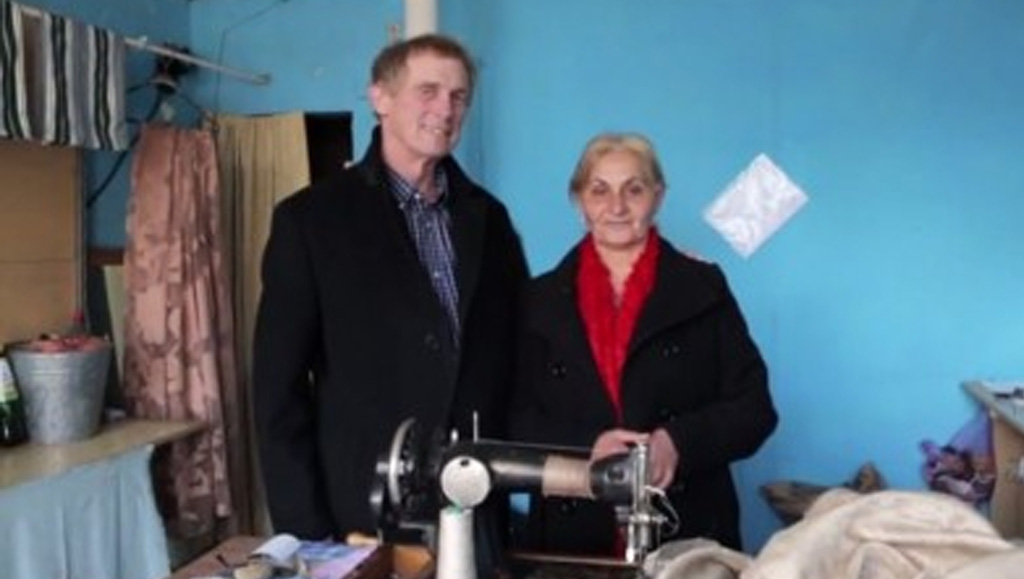20-05-2015
FINCA and Microfinance: 30 Years Strong
Forty years ago, before microfinance was called microcredit, before it even had a name, I made $50 loans to 800 Guatemalan farmers in the form of six bags of 12-24-12 fertilizer, which dramatically increased their yields on the plots of maize and beans they cultivated.
Of the 800 farmers, 799 of them repaid the loans in full, plus 12 percent interest.
Over those two years I lived in San Martin, I came to witness dramatic changes in the incomes and overall standard of living of these farmers. When it came time for me to leave, many of them wept, begging me not to leave. It was a powerful experience that set me on the path I follow to this day.
When I first started working with these farmers, most were in rags and their families on the verge of starvation. By the time I left, only two years later, their children were eating better, they dressed better, and they viewed the future with optimism rather than despair.
Years later, John Hatch — my partner in our consulting firm — and I started FINCA International, a nonprofit dedicated to spreading the power of microfinance to poor communities worldwide. Today we have close to 2 million clients in Latin America, Africa, Eurasia and the Middle East.
But when we first started, we had to combat a number of myths about poor people and money. The first was that poor people can’t take loans because they won’t be able to repay. The idea was that the poor were starving to death, so they would immediately channel anything you gave them into consumption and not pay you back.
This thinking overlooked the ingenuity of the poor, like the group of women potters in Siguatepeque, Honduras, who, when I asked them how they invested their loans told me: “We bought groceries.” I was stunned. “But how are you able to pay us back?” The answer was, the groceries enabled them to break the cycle where they had to sell their ceramics as soon as they produced them, and at a very low price, just to put food on the table. Now, they could afford to wait as the middlemen grew more and more desperate for product, and were forced to pay more.
A second myth we had to combat was that poor people cannot save. I remember when I visited a FINCA village bank on the slopes of the Volcan de Agua overlooking the town of Antigua, Guatemala, and asked the women if they had been able to save some of the profits they had earned with the help our FINCA loans. Si, they told me. “Can I see it?” I asked. A discussion ensued. They didn’t realize I spoke the indigenous language, Cachikel. “Can we trust him?” one woman asked. They pulled up a straw mat on the floor of the house, and dug up a metal lard can. When they pried off the top, a huge wad of quetzales popped out, like a jack-in-the-box.
With no initial capital to call their own, these women’s stories proved that the poor have the capacity to build profitable businesses, repay loans, increase savings, and ultimately, transform the quality of their lives.

